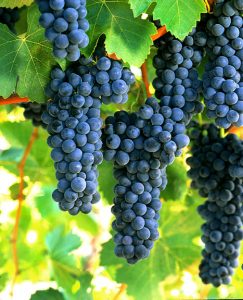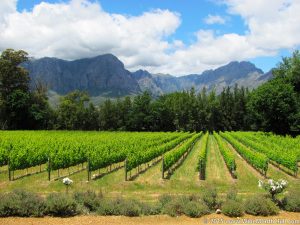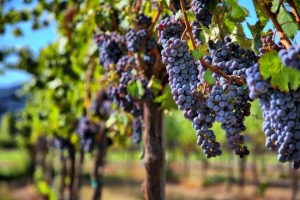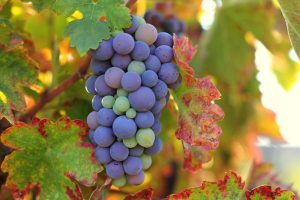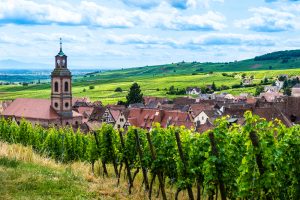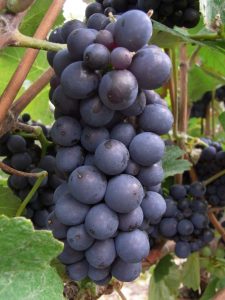 Graves is the oldest and most historic of all the Bordeaux communes; yet, it’s superlative wines remain the least known among American oenophiles. Before Latour, Lafite, Margaux, and the rest of the well-known names of the Médoc existed or had even seen a cultivated vine, there was Graves. In fact, Graves has been the home of cultivated vines since as early as the 1st century AD, due at least in part to the Romans’ inability to grow other crops in the graveled soil from which the name Graves is derived. The stone and gravel deposits are vestiges of the last Ice Age, a bane to most farmers but a boon to grape growers, whose vines struggle deep into the thin porous soil to draw life and subtle complex flavors from the nutrients below.
Graves is the oldest and most historic of all the Bordeaux communes; yet, it’s superlative wines remain the least known among American oenophiles. Before Latour, Lafite, Margaux, and the rest of the well-known names of the Médoc existed or had even seen a cultivated vine, there was Graves. In fact, Graves has been the home of cultivated vines since as early as the 1st century AD, due at least in part to the Romans’ inability to grow other crops in the graveled soil from which the name Graves is derived. The stone and gravel deposits are vestiges of the last Ice Age, a bane to most farmers but a boon to grape growers, whose vines struggle deep into the thin porous soil to draw life and subtle complex flavors from the nutrients below.
The wines of Graves also appear to be the first Bordeaux wines to be exported, with archeological evidence that Roman garrisons in Britain were the happy recipients of Bordeaux’s quintessential wines. And by the early 12th century, Graves was the most sought after wine in England and beyond for its quality as well as its proximity to the city and port of Bordeaux itself, which lay just a few kilometers from Graves.
Today, the northern section of Graves called Pessac Léognon must battle the urban sprawl that has broken out of the confines of the city of Bordeaux and spread to the nearby suburbs of Talence and Pessac. A little south of these towns lies the pastoral heart of Graves, a pretty, rural country where vineyards mingle with pastures and pine forests. Here, life remains wedded to the land and the joys of the vine.
Graves is rightly famous for both its red and white wines. At their best, the red wines of Graves are unsurpassed for their aromatic beauty as well as their smooth, rich flavors. Earthy, fragrant aromas that resemble cedar, a classic cigar box scent, black currant, and tobacco emanate from red Graves and form a bouquet that is frequently described as enchanting and profound. The legendary Chateau Haut-Brion, Thomas Jefferson’s favorite red wine, remains the most illustrious of the appellation’s wines. Moreover, fine red Graves is often the supplest of Bordeaux reds on the palate. Its cépage is an artful blend, comprised almost exclusively of Cabernet Sauvignon, Merlot, and Cabernet Franc.
White Graves is a dry, quite aromatic wine that emits great freshness along with substantial flavor. Perhaps the greatest event in Graves in the last quarter century has been the revolution that has taken hold among the producers of white Graves. Once an obscure and expensive proposition that did not always travel well, contemporary white Graves has taken on vigor, personality and even an exotic edge that underscores the physiological ripeness that was often absent in white Graves in years past. The primary white Bordeaux varietals are Sauvignon Blanc and Semillon. The finest white Graves rival the greatest white wines of France.


